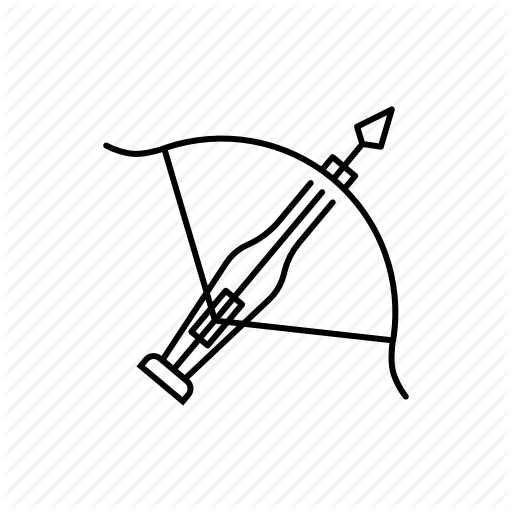

This is a great anchor for any handheld release shooter. The index finger goes below the jawline, and the middle finger goes above. For me, this is with the string touching the tip of my nose and the V shape formed by my index and middle finger resting on the bottom of my jawline. Bring the string straight back and pull into a repeatable two-point anchor. Handheld release shooters will want the V formed by their middle and index fingers to run right along the bottom of the jawline and for the bowstring to touch the tip of the nose barely. Until then, shoot a comfortable draw weight that allows you to pull the string straight back. You can always increase draw weight as you shoot more and build strength. Too much weight leads to a lousy draw cycle and shoulder problems. If you can’t do this and have to tip the bow up or down, your bow’s draw weight is too heavy. Raise your bow straight out in front of you and pull the string straight back. Dry fires can wreck your bow (without an arrow loaded, the bow’s riser, limbs, and cams take the brunt of all the bow’s energy). This step should never be practiced or performed without an arrow loaded. Now it’s time to draw your compound bow and ease into anchor position (the point at which the string touches your face). Control your breathing and block the world out. See the arrow impacting the exact spot you want it to hit. After hooking onto your d-loop, fix your gaze on your target. These moments and steps are critical to proper visualization. Just as you did with your grip, practice this step often. With your bow’s bottom cam resting on your thigh and your grip perfect, hook up to your d-loop with your bow release. This step gets overlooked, especially when you’re bowhunting, but remember, we are building a repeatable routine on the range that we’ll execute in the field.
#Drawing a crossbow how to
Step two in how to draw a compound bow is all about the d-loop. Jace Bauserman Bow Position, D-Loop Clip, Focus That includes how you hook into your d-loop. Shooting a compound bow is a process, and no step should be missed. If you’re still worried about this, add a wrist sling. The bow will not jump out of your hand, I promise. Let your index, middle, and ring fingers rest gently on the front of the grip. The more you squeeze the grip, the more torque you transfer into the riser, and that torque will negatively impact arrow flight. Once you can grip the bow the same way every time and it feels comfortable, let go of the bowstring and raise the bow up out in front of you. You want the bow’s grip to sit outside your hand’s lifeline in the palm swell area. Keep the 45-degree angle, but make sure you don’t get too far into the grip. Now practice setting your grip hand properly into place. Hold your bowstring with your non-grip hand and let the bow’s bottom cam rest on your thigh. This is the perfect position to put your hand into your bow’s grip. You’ll notice your thumb will be at a 45-degree angle. Take your bow arm (your left arm for righties) and hold it out in front of you like you’re making the stop signal. The first thing you need to do is develop a grip that is repeatable.

A great way to find the correct grip is to raise your bow arm up and out in front of you. Step one in learning how to draw a compound bow is mastering the grip. Many also think a tight grip will keep the bow from jumping out of their hand. This is because shooting a compound can seem like an intimidating task, and the new archer believes the more hand they have on the bow and the tighter their grip, the more control they will have. They typically get their hand as far into the bow’s grip as possible and then squeeze until their knuckles turn white. It’s natural for a new archer to not know how to hold a compound bow. The more time you put into creating a shot routine and mastering each step within that routine, the more successful you’ll be at bowhunting. You need to develop a routine made up of specific steps and then follow that routine every time you draw a compound bow. How to draw a compound bow? Simply grab the grip and yank back on the string until you can’t pull any farther, right? Unfortunately, or maybe happily, drawing and shooting a compound bow is more complicated than that. We may earn revenue from the products available on this page and participate in affiliate programs.


 0 kommentar(er)
0 kommentar(er)
